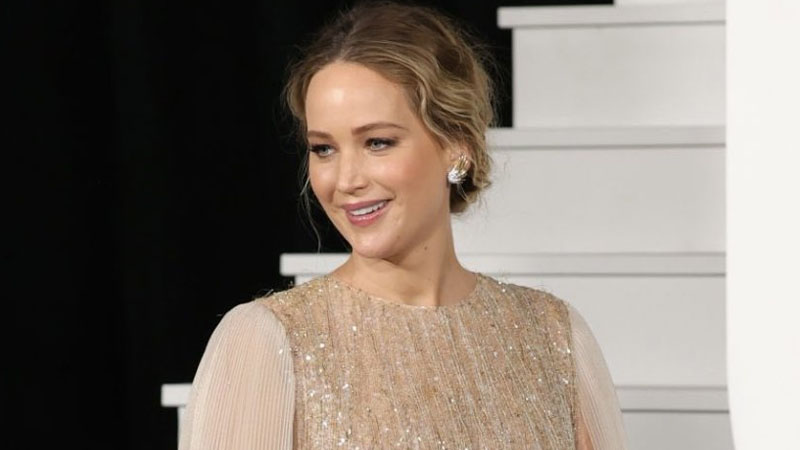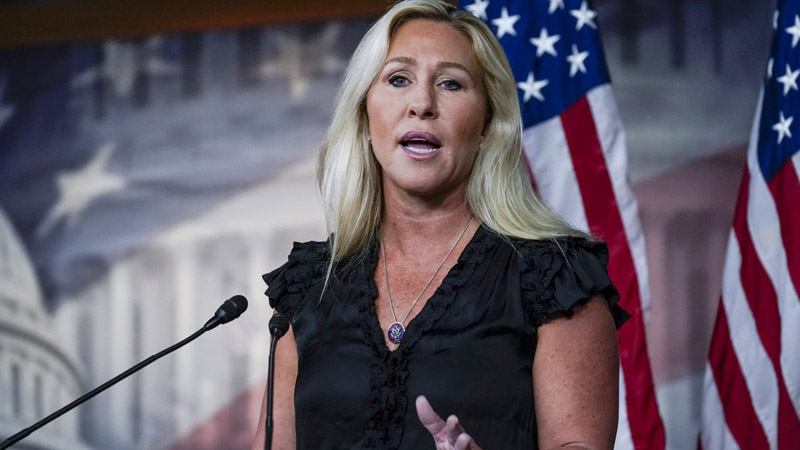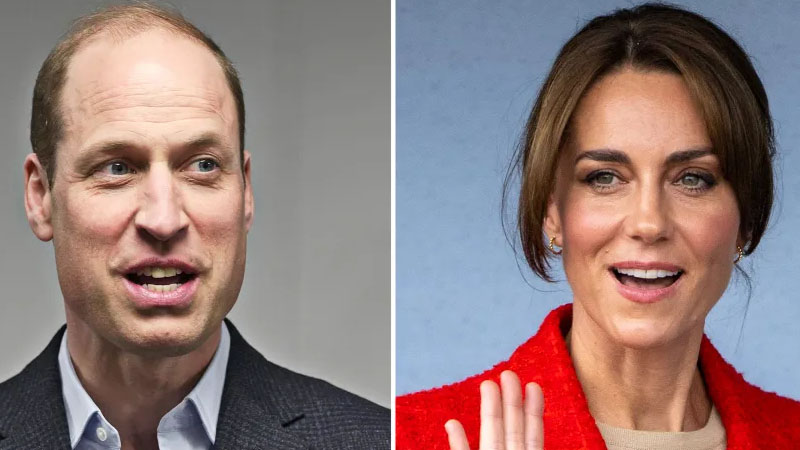Donald Trump Faces $355 Million Fine Amid AI Photo Controversy and Legal Battles

© REUTERS / KEVIN LAMARQUE
Donald Trump turned to his favored medium of social media to express his dissatisfaction, particularly targeting what he perceives as unfair media practices. In a post on Truth Social, Trump vehemently denounced what he described as digitally altered images of him playing golf, which he claimed exaggerated his physical appearance. These allegations came to light just moments following a significant legal development, where New York Judge Arthur Engoron ruled that Trump is liable for $355 million in damages due to a civil fraud case in New York.
In his post, Trump accused certain media outlets of employing artificial intelligence to manipulate images to depict him unfavorably, specifically pointing out one that seemed to emphasize his midsection during a golf swing. He labeled these actions as the work of “despicable people” and attempted to counter the narrative by sharing additional photos of himself from the same day, engaging in golf to highlight the discrepancy between the real and the purportedly fabricated images.
This controversy emerged shortly after Judge Engoron found Trump and his associates guilty of fraudulent activities, leading to a ban on Trump holding any executive roles within New York-based companies or legal entities for three years, along with imposing substantial financial penalties.
Furthermore, the judgment extended to Trump’s adult sons, imposing a $4 million fine on each and restricting their business activities within the state for two years. Judge Engoron’s remarks underscored a perceived absence of regret or acknowledgment of wrongdoing on their part, describing it as almost “pathological.”
The ruling adds another layer of complexity to Trump’s legal challenges, following a preliminary decision from the same court last year that threatened the structural integrity of Trump’s business empire by suggesting the dissolution of entities controlling key properties. This decision had the potential to force the liquidation of significant assets, including the iconic Trump Tower on Wall Street. However, Judge Engoron later retracted the dissolution directive.
Instead, he opted for a different form of oversight, mandating the appointment of two court-appointed monitors to oversee the Trump Organization’s financial reporting practices, ensuring transparency and accuracy. While Trump may have lost his direct operational role within the company, he retains ownership and, by extension, the authority to appoint representatives on his behalf.
The fines imposed by this judgment pose a significant financial strain on Trump, especially considering the array of legal battles he is concurrently fighting, which include hefty legal fees and other financial liabilities. Among these is a lawsuit by author E. Jean Carroll, who has accused Trump of defamation and sexual assault, resulting in a substantial $88 million judgment against him. Moreover, Trump is obligated to cover interest payments dating back to the instances of the alleged fraudulent activities, potentially increasing his financial burden by an additional $100 million as per the New York Attorney General’s calculations.
Despite these daunting challenges, Trump’s legal team has signaled their intention to appeal the decision, which might offer a temporary financial reprieve by allowing the funds to be held in bond or escrow during the appeal process, thus delaying the immediate need to disburse the full amount of the fines. This legal maneuvering underscores the ongoing saga of Trump’s entanglement with the law, highlighting the complex interplay between his public persona, business dealings, and legal obligations.


